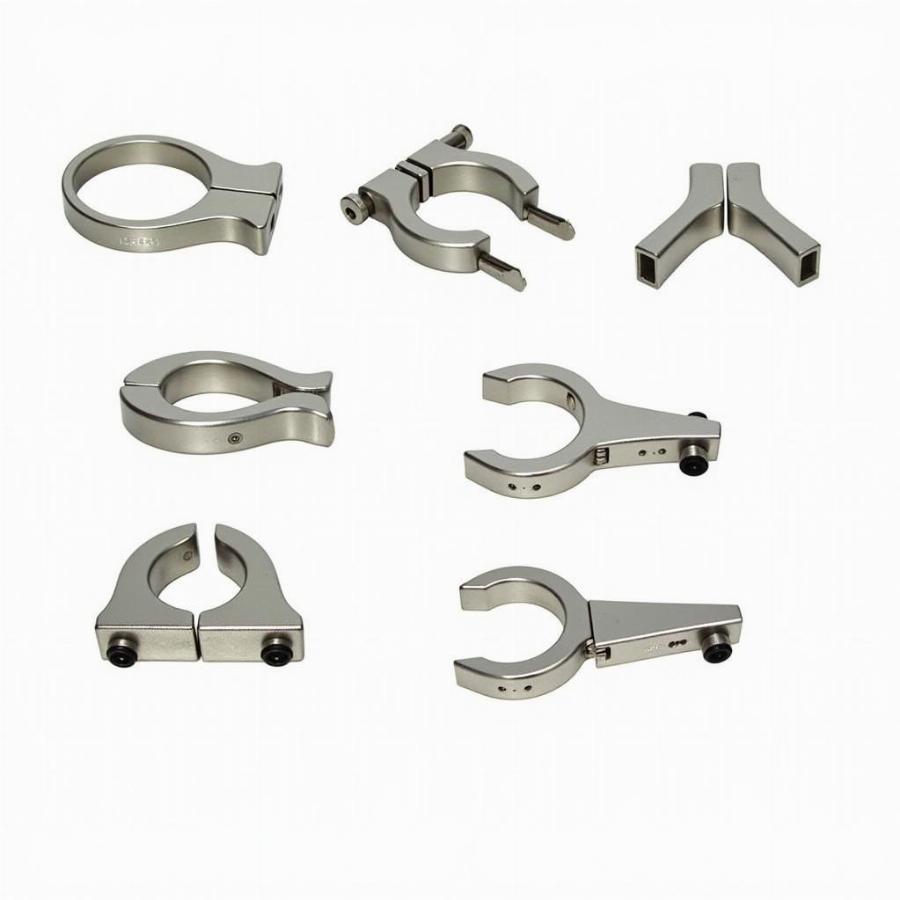Dog hole clamps are essential tools for woodworkers, providing a quick and versatile clamping solution for various projects. While the name might conjure images of your furry companion, these clamps are strictly for the workshop, offering precision and stability in woodworking applications. They are a valuable addition to any woodworker’s arsenal, allowing for efficient and secure clamping of workpieces.
Understanding Dog Hole Clamps and Their Uses
Dog hole clamps, also known as bench dogs or hold-down clamps, are small, spring-loaded devices designed to fit snugly into dog holes, which are precisely drilled holes in a workbench or other work surface. These clamps are incredibly useful for holding down wood during various woodworking operations like planing, sanding, and routing. Their simple yet effective design allows for quick adjustments and secure clamping without the need for bulky traditional clamps. They’re especially helpful when working with smaller pieces or when you need multiple clamping points.
Why Choose Dog Hole Clamps?
Their versatility makes them ideal for a range of projects, from small crafts to large furniture builds. They provide a low-profile clamping solution that won’t interfere with other tools. Compared to traditional clamps, they offer a quicker setup, saving valuable time.
Setting up Your Workbench for Dog Hole Clamps
To effectively use dog hole clamps, you’ll need a workbench or work surface with pre-drilled dog holes. These holes are typically 3/4″ in diameter and spaced evenly apart. The spacing of the holes will determine the flexibility and range of clamping options you have. Careful planning and precise drilling are key to a functional dog hole setup. dog kennel chain link panels could benefit from this type of clamping system in their construction.
Drilling Dog Holes: Tips and Techniques
When drilling dog holes, ensure accuracy and consistency. Use a drill press for the most precise results and a Forstner bit to create clean, flat-bottomed holes. Consider the placement of the holes to maximize their utility for different project sizes.
Different Types of Dog Hole Clamps
There are various types of dog hole clamps available, each designed for specific tasks. Some common types include:
- Round Dog Hole Clamps: These are the most basic type, featuring a round head that fits snugly into the dog hole.
- Oval Dog Hole Clamps: These offer a larger clamping surface, providing more stability for larger workpieces.
- Adjustable Dog Hole Clamps: These allow you to adjust the clamping pressure, giving you greater control over the clamping force.
 Types of Dog Hole Clamps
Types of Dog Hole Clamps
Choosing the Right Dog Hole Clamp for Your Project
Selecting the right clamp depends on the project’s requirements. For smaller, delicate work, a round clamp might suffice. For larger pieces or situations requiring more clamping force, an oval or adjustable clamp might be more suitable.
Maintaining Your Dog Hole Clamps
Like any tool, dog hole clamps require proper maintenance to ensure their longevity and effectiveness. Keep them clean and free of debris. Regularly lubricate the moving parts to prevent rust and ensure smooth operation.
Conclusion
Dog hole clamps, despite their name, are indispensable tools for woodworkers, offering a versatile and efficient clamping solution. They enhance precision and stability in various woodworking tasks, making them a worthwhile investment for any workshop. From small DIY projects to intricate furniture builds, these clamps provide the secure hold you need for professional results. Now that you understand their benefits, consider adding dog hole clamps to your woodworking arsenal. dog hole clamp will prove to be a valuable asset in your workshop.
FAQ
- What size are dog holes typically? Dog holes are typically 3/4″ in diameter.
- Can I use dog hole clamps on any workbench? You need a workbench with pre-drilled dog holes.
- What type of drill bit should I use to create dog holes? A Forstner bit is recommended.
- How do I maintain my dog hole clamps? Keep them clean and lubricated.
- Are dog hole clamps better than traditional clamps? They offer different advantages, particularly for speed and versatility in specific applications.
- Where can I buy dog hole clamps? They are available at most woodworking supply stores.
- What is the typical spacing for dog holes? Spacing varies but is often around 3″ to 6″ apart.